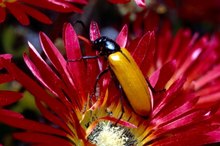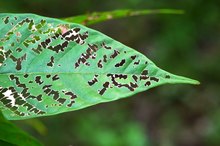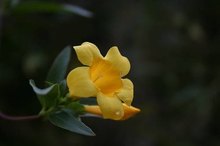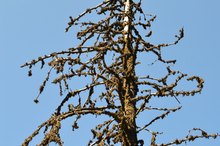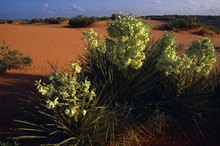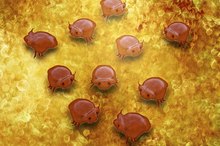The Effects of Eating Buttercup Flowers
Buttercups are herbaceus annuals and perennials which can sometimes be found growing in shallow water depending on the species. Usually, buttercups have 5 petals, but this number can vary by flower type. The petals are either white or yellow in color. The plant contains a toxin by the name of glycosides which is harmful to animals depending on how much of it they eat.
Identification
There are 400 species of buttercups growing around the world. These tiny plants are found in field and streams on the sides of mountains that reside in warm, humid weather and they also bloom in cold weather climates. Their area of growth changes from species to species.
Effects
Which Insect Bites Cause Blisters?
Learn More
Glycosides toxin's symptoms, if eaten in large amounts, cause the animal to salivate and its mouth to become inflamed. Pains in the stomach and constrictions happen right before the animal dies.
Significance
Animals tend to avoid eating wild buttercups. It is rare that a cow or pig might become sick unless it eats the plant on a consistent basis. If it does get sick, it usually happens in the spring, according to Purdue University.
Considerations
List of Diseases in Plants Caused by Viruses
Learn More
Buttercup plants have poison on the leaves and stems of fresh flowers.
Fact
According to Montana Plant Life.org, the common Field Buttercup is used as a wart removal; but it can cause blisters on the skin for those who are allergic to the plant 1.
Related Articles
References
Writer Bio
Ever since Kelly Taylor understood what writing was about, she's enjoyed the process of it. Taylor has a high-school diploma and she took college courses along with obtaining two technical certificates. She has experience writing about gardening, spirituality, travel, science, and history through instructional websites and other publishing platforms.
